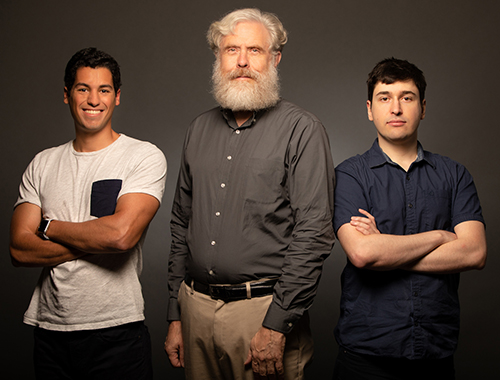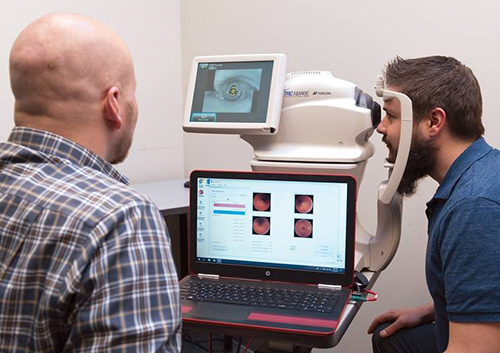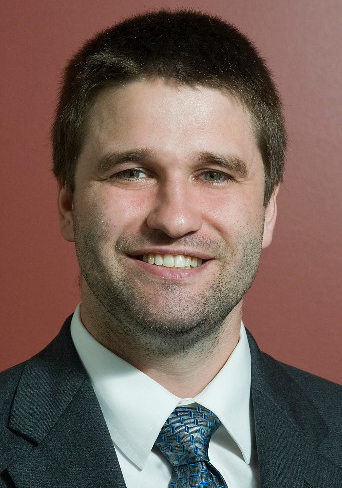With Experienced Baby Boomers Retiring in Ever-Larger Numbers, Clinical Laboratories and Pathology Groups Use New Methods to Improve Productivity, Reduce Costs
All labs face the challenge of coping with shrinking budgets and staffing shortages, which is why coaching, management observation, and continuous improvement initiatives are proving helpful to medical laboratories
It’s the biggest generational shift since baby boomers began working in clinical laboratories and anatomic pathology groups. Across the nation, labs are watching their most experienced and knowledgeable medical technologists and other lab scientists retire. The need to train their replacements while maintaining peak productivity and controlling costs is motivating lab leaders to adopt powerful new management methods.
Innovative lab administrators and pathologists recognize that automation and the ability to leverage the increasing amounts of data produced by today’s innovative diagnostic technologies and assays can only go so far in helping to compensate for declining revenues.
This is why one trend is quietly gaining momentum. There are many medical laboratories, pathology groups, and other diagnostics providers working to help their lab staffs create a culture of continuous, meaningful improvement. The stakes are great. Not only is this essential for financial sustainability, it can be the source of competitive advantage with physicians, patients, and payers in today’s increasingly competitive diagnostic market.
This is why many medical laboratories are turning to continuous improvement systems such as Lean to increase personnel skills, reduce waste, and make the most out of shrinking budgets and margins. Yet, without a solid foundation of staff trained in these methods and a framework of processes to encourage improvement, lean laboratory managers often struggle to see consistent, significant improvements.
Optimizing Staff Performance and Developing Improvement Processes with Coaching and Management Observation
Performance Coaching and Management Observation offer powerful tools for laboratory managers to reinforce improvement efforts. They encourage the success of personnel, leverage existing personnel to meet growing demands while maintaining service levels, and establish an effective foundation for Lean execution.
Benefits of effective coaching and management observation sessions for laboratories include:
- Enhancement of laboratory manager performance and skills;
- Improved retention of skilled labor and consistent improvement of personnel skills through individualized assessment and improved communication;
- Establishing a method of creating and maintaining a culture of continuous improvement, while empowering staff across all levels of lab operations; and,
- Creating a competitive edge on laboratories struggling to implement Lean processes and other optimizations in response to increased workloads, reduced staff, and tighter budgets.

Stephen Stone (left), Managing Director, Argent Global Services, and, Rita D’Angelo, PhD (right), President and CEO, D’Angelo Advantage, spoke at Lab Quality Confab in 2018 on the benefits of coaching and management observation sessions for clinical laboratories and implementing continuous improvement systems using Lean Production Methods. (Photo copyright: Dark Daily.)
“While many laboratories are familiar with management observation because of competency testing, few laboratories use coaching and management observation as part of their Lean efforts.” Stephen Stone, Managing Director at Argent Global Services told Dark Daily. “Coaching and management observation offers laboratories an effective means to not only increase throughput using existing staffing and encourage sustainable growth, but also increase retention of existing skilled personnel and reduce hiring costs.”
Speaking at Lab Quality Confab in Oct. 2018, Stone highlighted why these later benefits are increasingly important to laboratories. Citing data from LabTestingMatters and the American Society for Clinical Pathology (ASCP), he reported that while the job market for medical technologist and laboratory technician openings should increase by roughly 11,300 openings in 2018, fewer than 5,000 individuals are graduating each year from accredited training programs.
Lab Supervisor Retirements Projected to Exceed Staff Retirements
Of possibly greater concern, he goes on to point out, is that projected retirement rates for supervisors are higher than those of staff. This means laboratories which fail to focus on staff development and retention could face further issues in both leadership and staffing shortages should trends continue.
“Investing in and empowering your staff will improve productivity, improve quality, improve safety, and help laboratories to work toward goals as a cohesive team,” Rita D’Angelo, PhD, President and CEO at D’Angelo Advantage, LLC, told Dark Daily. “As a result, costs and waste drop significantly. Coaching and management observation alongside a culture of continuous improvement can help labs to overcome many of the staffing and budget obstacles faced today.”
Preparing Your Lab for Continuous Improvement
To help labs prepare for these significant trends, D’Angelo and Stone will co-present a 90-minute webinar on Jan. 16th titled, “Performance Coaching and Management Observations to Improve Productivity and Efficiency: Strengthening the Skills of Management to Execute a Lean Lab Transformation.”
The webinar will include essential coaching skills to help laboratory managers pass on the skills to serve as Lean champions to personnel and establish the foundation and structure for a lasting culture of improvement within the laboratory.
C-Level laboratory leadership, laboratory directors, managers and supervisors, and key members of continuous improvement teams also can use the interactive Q/A session following the webinar to gain answers to questions and concerns directly facing their laboratories’ efforts to develop continuous improvement processes or implement Lean methodologies.
(To register for this critical Jan. 16th webinar, click here. Or, copy and paste this URL into your browser: https://www.darkdaily.com/webinar/performance-coaching-and-management-observations-to-improve-productivity-and-efficiency-strengthening-the-skills-of-management-to-execute-a-lean-lab-transformation-2-2/.)
—Jon Stone
Related Information:









